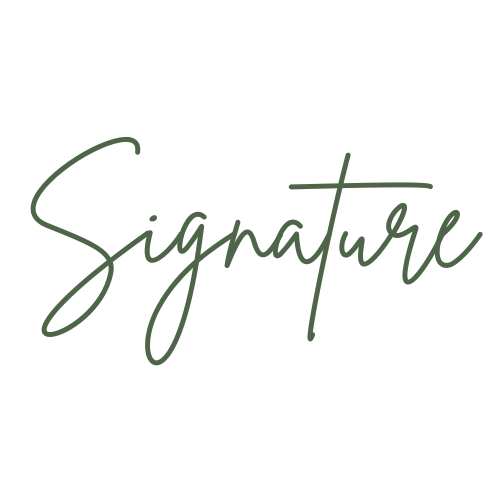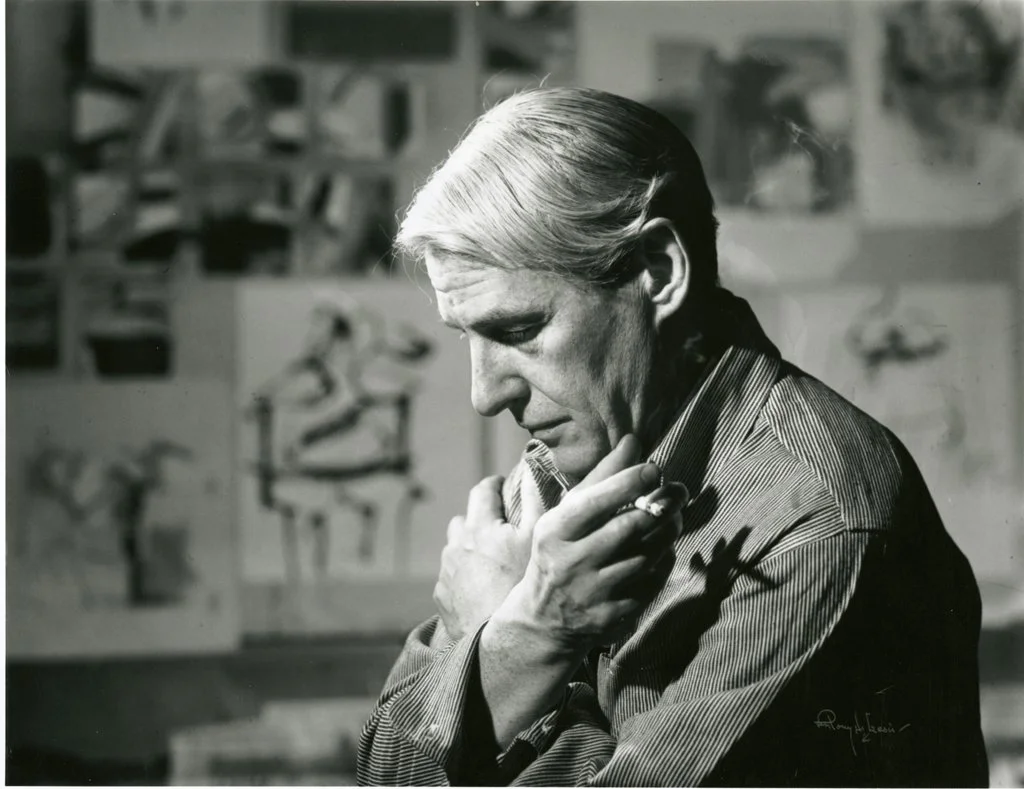Willem de Kooning Authentication
Willem de Kooning (1904–1997) was a Dutch-American abstract expressionist painter whose dynamic and gestural works helped define post-war modern art. Best known for his bold compositions and emotive brushwork, de Kooning played a crucial role in the development of Abstract Expressionism alongside artists like Jackson Pollock and Mark Rothko. His ability to blend abstraction with figuration set him apart, making his work a lasting influence on contemporary art.
The Artistic Journey of Willem de Kooning
Born in Rotterdam, Netherlands, de Kooning trained as a commercial artist before emigrating to the United States in 1926. Settling in New York, he became deeply involved in the avant-garde art scene, drawing inspiration from both European modernism and American contemporary movements.
Initially influenced by cubism and surrealism, de Kooning's early work retained a strong sense of structure. However, by the 1940s, he began embracing a freer, more gestural approach, leading to his breakthrough as a major figure in Abstract Expressionism. His ability to convey raw emotion through vigorous brushstrokes and layered compositions became his signature style.
The Evolution of de Kooning’s Style
Unlike many of his contemporaries who fully abandoned representation, de Kooning maintained an interest in the human figure, particularly in his celebrated Women series of the 1950s. These works, characterized by aggressive brushwork and fragmented forms, blurred the boundaries between abstraction and figuration.
As his career progressed, de Kooning explored new techniques, incorporating elements of landscape and fluid, sweeping forms into his compositions. His later paintings became more lyrical and expressive, marked by a lighter color palette and an almost sculptural use of paint.
His ability to evolve while maintaining his distinct artistic voice cemented de Kooning’s reputation as one of the most innovative artists of the 20th century.
The Importance of Authenticating Willem de Kooning’s Work
With de Kooning’s global influence and the high market demand for his paintings, authentication is essential for collectors, galleries, and institutions. His works command significant value, making them a target for forgeries and misattributions.
At Signature, we provide expert authentication services, utilizing advanced methodologies to ensure the legitimacy of artworks attributed to Willem de Kooning.
Challenges in de Kooning Authentication
Verifying de Kooning’s work presents distinct challenges, including:
Abstract and Expressive Techniques: His fluid and gestural style can be difficult to analyze, as many of his works share similarities with other abstract painters.
Experimental Materials: De Kooning often worked with unconventional tools and mixed media, requiring scientific analysis to verify authenticity.
Proliferation of Forgeries: Due to his high market value, forged paintings and drawings attributed to de Kooning frequently surface in the art world.
Signature’s Authentication Process
At Signature, we apply a multi-layered authentication approach to de Kooning’s work, ensuring accuracy and reliability:
Comparative Style Analysis – We evaluate brushwork, composition, and material application against verified de Kooning works.
Provenance Verification – Our research team traces ownership history, auction records, and exhibition documentation to establish authenticity.
Scientific Examination – Using advanced forensic techniques, including pigment analysis, canvas dating, and infrared imaging, we verify consistency with de Kooning’s materials and methods.
Through this meticulous process, Signature provides authoritative authentication for Willem de Kooning’s paintings, drawings, and prints.
Why Authentication Matters for de Kooning’s Art
Authentication of Willem de Kooning’s artworks is crucial for:
Maintaining Market Integrity – Ensuring the legitimacy of de Kooning’s works protects their financial and historical value.
Preserving Artistic Legacy – Proper attribution safeguards de Kooning’s place in art history and prevents the spread of misidentified pieces.
Building Collector Confidence – Reliable authentication strengthens trust among collectors, galleries, and investors.
At Signature, we are committed to preserving Willem de Kooning’s artistic legacy through expert authentication services, ensuring confidence in the authenticity of his works

